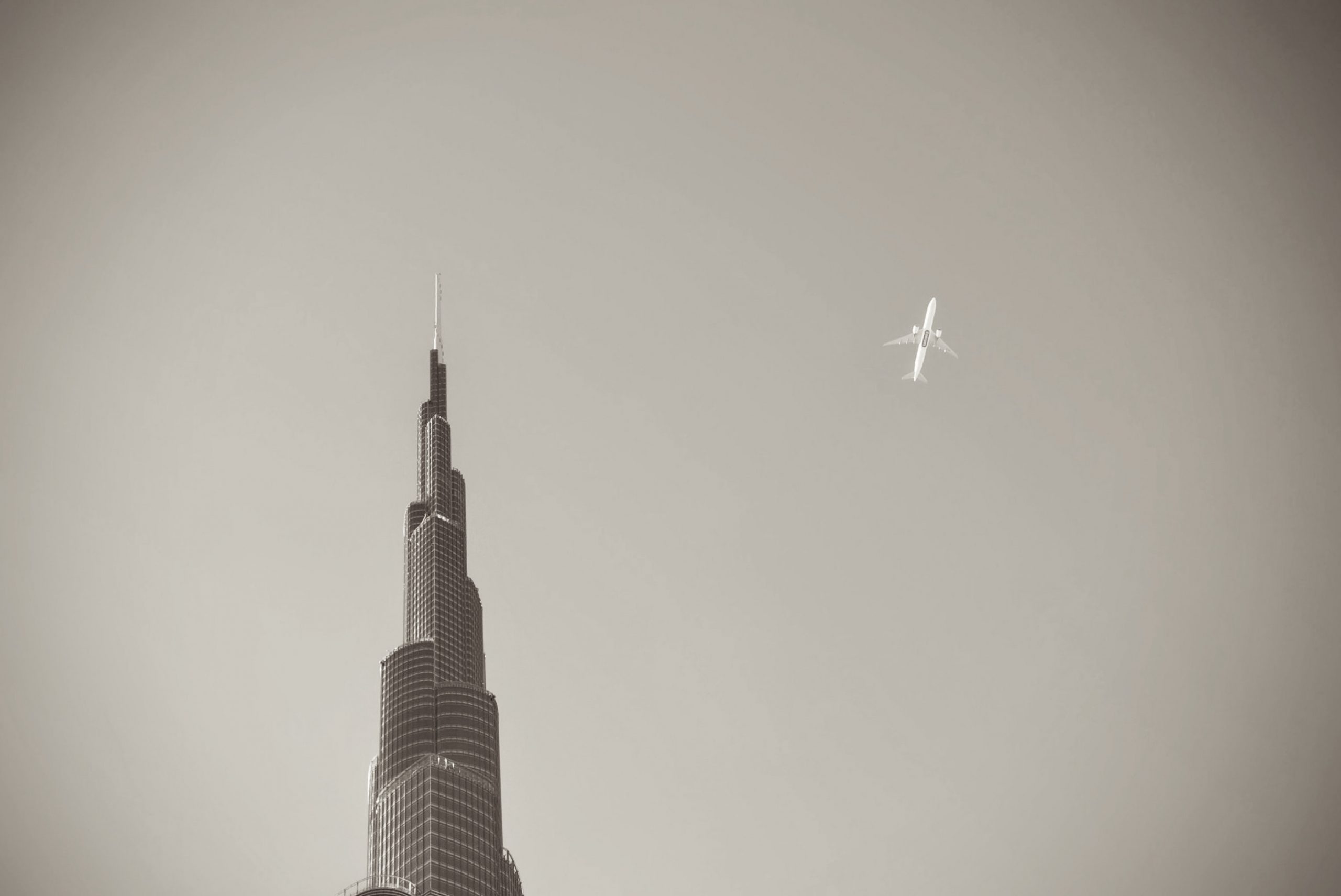2018 has been a difficult year for GCC and Dubai real estate. Rents and capital values continued to fall in the third quarter, albeit at different rates in specific segments and micro-markets. The Federal Reserve’s latest monetary tightening at the September 26 FOMC means the six months Emirates Interbank Offered Rate (EIBOR), the bellwether rate for floating rate home mortgages in the UAE is 2.95% as I write, double its level two years ago. The Federal Reserve dotplot or projection of future interest rates, suggests EIBOR could well rise to 4% before this interest rate cycle peaks. There has been an exodus of institutional fund manager flows from emerging markets, due to a rise in the US dollar, trade tensions between Washington and Beijing, the Turkish currency meltdown and Saudi Arabia’s most traumatic diplomatic crisis since the 9/11 Al Qaeda attacks on the World Trade Center and the Pentagon.
Emaar Properties shares have fallen 45% since their AED 9 high in August 2017 after the announcement of the Emaar Development IPO. Emaar Properties is down 32% in 2018 year to date, among the worst performing real estate developer shares in Asia. This fall is partially because of the existential fact that Emaar shares due to their liquidity and index weight, are viewed as a high beta proxy for Dubai’s real estate prospects. In times of stress, investors sell not what they want, but what they can. So when DFM trading volumes plunge, Emaar pays a disproportionate price.
As residential offplan sales slump 51% in 3Q 2018, a five year low, my tribe of investors revert to our primordial Pavlovian reflexes. Like Victorian surgeons of the old school, when in doubt, we cut it out! This process often creates compelling entry points to accumulate Emaar, as in early 2016 at 4.5 AED in the aftermath of the botched Chinese yuan mini devaluation and its contagion across the financial souks of the emerging markets. A similar dynamic is happening now.
I cannot argue that there is no downside risk in Emaar even at 4.8 AED. Secondary market sales in Dubai have slumped 37% in 2018 and it is unrealistic to expat a magical turnaround in Emaar’s 4Q sales figures. This means earning risks for REIT’s and property developers though ironically, Emaar Mall EPS could well rise 10% as gross leasable area capacity is added and rental revenues rise.
Valuation is never a timing indicator and I continue to expect Emaar to trade at a wide discount to net asset value (NAV). However, Emaar Properties now trades at a an unjustifiably low valuation of 5.6 times earnings at a time when new project in the Arabian Ranches and Downtown are scheduled for handover. There is at least potential for 10% EPS growth next year, thanks to development profits, higher mall rentals and growth in hospitality income. Emaar is a play on the secular growth in UAE tourism and Dubai’s role as a safe haven markets in an Arab world whose geopolitical convulsions are reminiscent of the decade that followed the death rattle of the Ottoman empire a century ago.
It is now possible to generate 6% net yield in Dubai apartments with an Emaar provenance. Emaar trades at a mere 0.54% of NAV. As in 2016, I expect the ideal risk reward calculus to be anywhere near 4.5 AED for a 6 AED target in the next twelve months. As investors, we live life in the second derivative!







